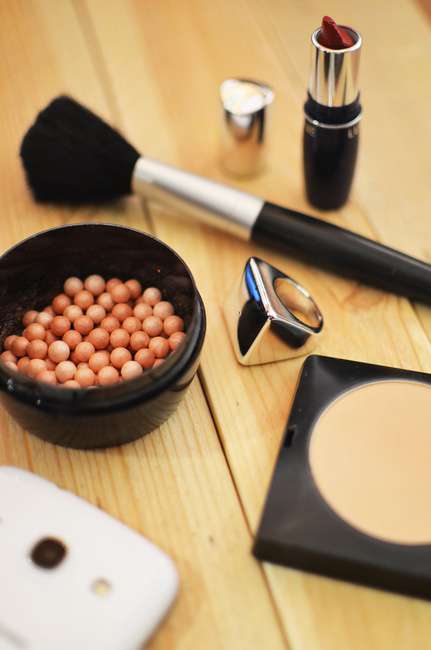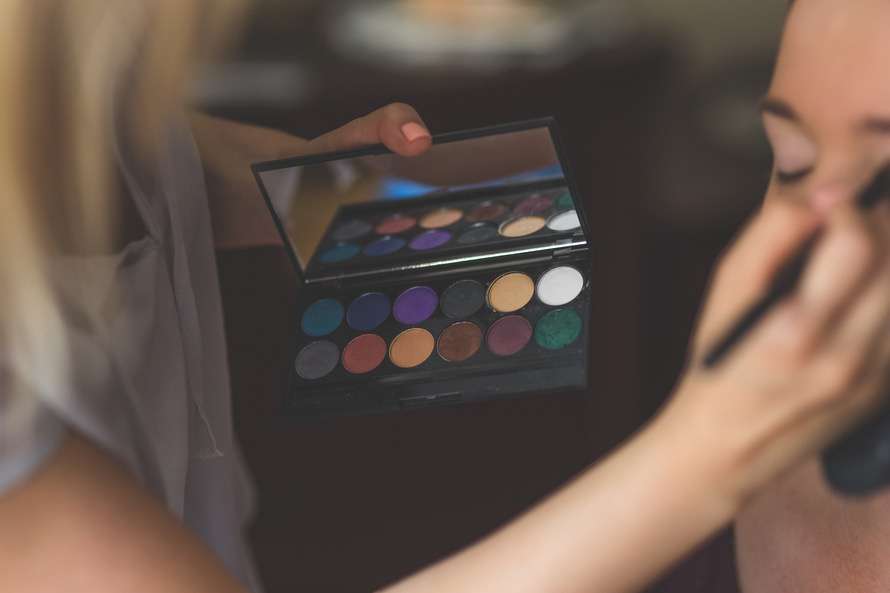
Color quality control is essential to creating enduring relationships with cosmetics consumers. Image Source: Pexels user Karolina Grabowska
Walking up to a cosmetics counter can be like being transported inside a kaleidoscope of colors. Little round pots of eye shadow traverse the spectrum from the softest white to the inkiest black, lipsticks run from intense blood reds to the faintest blushes of pink, and foundations reflect the rich range of human skin tones, from the palest to the darkest among us. For cosmetics companies, these colors aren’t just superficial; color is fundamental to the marketability of their products and, sometimes, intrinsically linked to the identity of the company itself. A brand can be instantly uplifted if a certain shade becomes a sensation, as witnessed when Urban Decay released its Naked palette or Chanel introduced its Vamp nail polish.1 The right color palette is essential to not only creating and capturing trends, but building long-term relationships with customers who finally find “their” shade within a brand’s catalog. The extraordinary importance of color within cosmetics demands that manufacturers execute color quality control with the highest level of care to ensure accuracy and consistency. In most cases, this color quality control is best performed by non-contact spectrophotometers.

In-line spectrophotometers ensure consistent ensures color quality control throughout production. Image Source: Pexels.com


